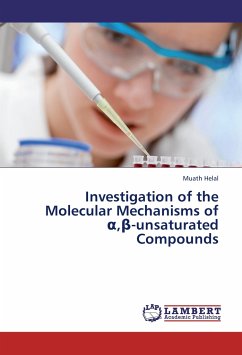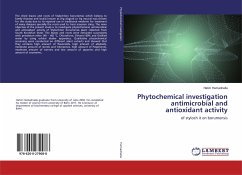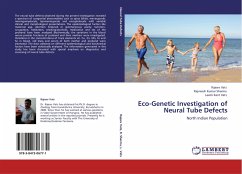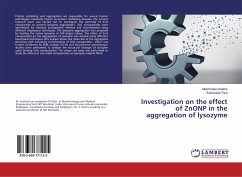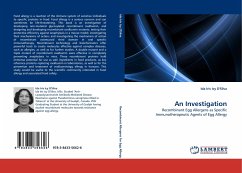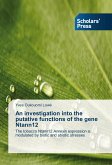Glutathione S-transferase GST has been one of the significant targets for cancer treatment in the past several years. The reason behind that is 1) its overexpression in some cancer cells compared to normal ones 2) its ability to cause resistance against cancer chemotherapeutics and 3) its protective role against reactive oxygen species (ROS). We have synthesized a large number of compounds which have strong potency against different cancer cell lines. These compounds possess a 1,5-diaryl-3-oxo-1,4-pentadienyl pharmacophore. In the present study some investigations as to the way in which cytotoxicity is mediated was undertaken. Our results have demonstrated that the analogs NC 2067 and NC 2081 behaved as substrates for GST and reduced the level of GSH. This was apparent by the decrease in the concentrations of both compounds after the addition of GST and GSH. In addition, both agents caused about 3-7 folds increase in ROS levels. The dichlorodihydrofluorescein dye was used for this purpose due to its fluorescence characteristic after being oxidized by ROS.
Bitte wählen Sie Ihr Anliegen aus.
Rechnungen
Retourenschein anfordern
Bestellstatus
Storno

